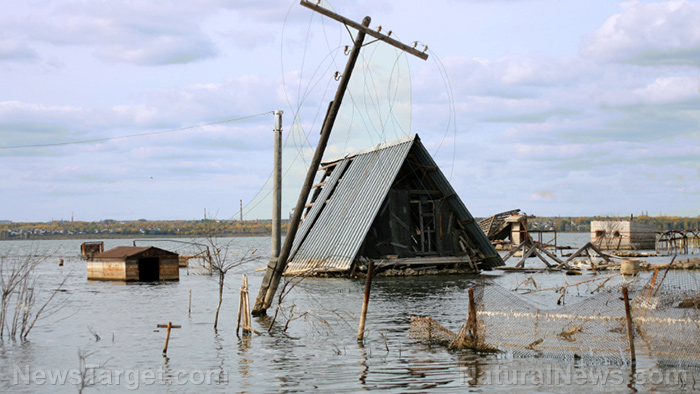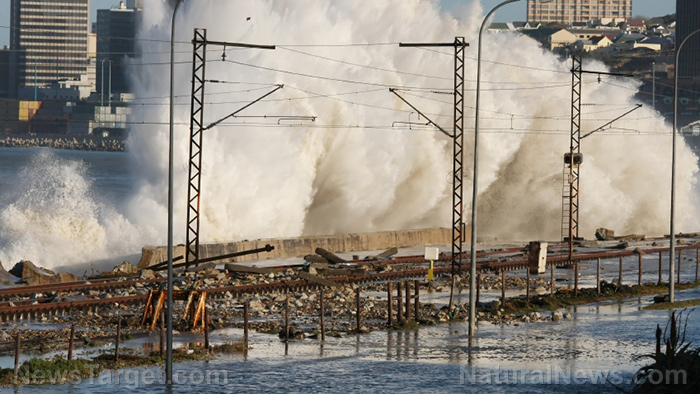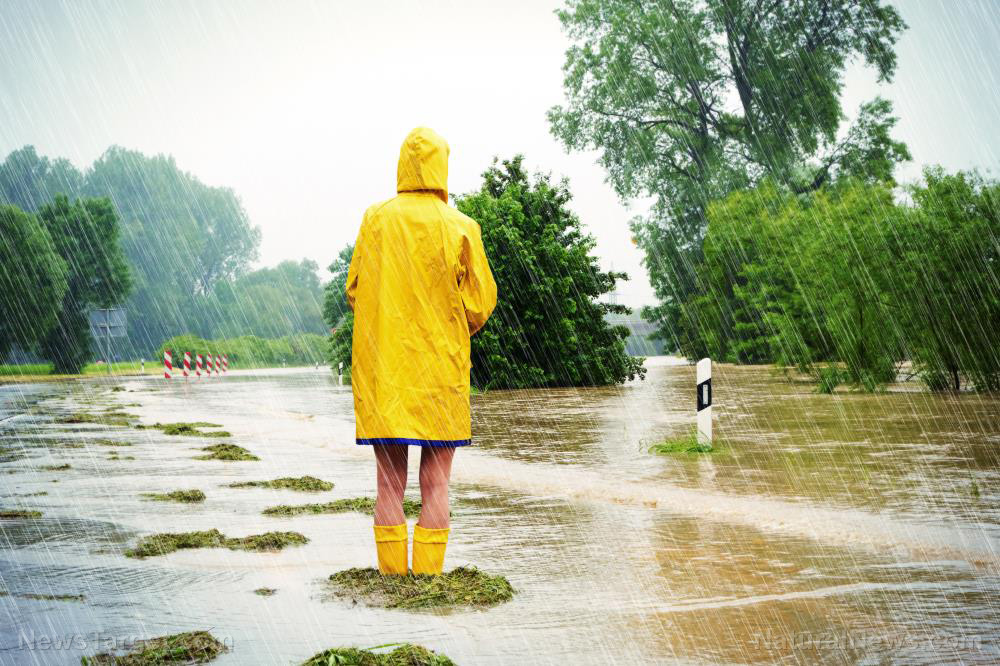
Irma made landfall on Sunday, September 10 in the United States in the Florida Keys as a Category 3 hurricane with winds over 150 miles per hour, causing an extensive amount of damage in the Key West and other communities on the Keys.
After going across Florida Bay, Irma made landfall on the Florida mainland proper at the small west coast community of Marco Island, which also received a great amount of damage. But as it headed north, Irma tracked more or less up the middle of the peninsula, which cut its connection to warm sea water, the heat from which tropical cyclones use as their main engine, so the storm steadily weakened. Neighborhoods north of Fort Myers, Sarasota, and Tampa Bay were not that affected.
If Irma stayed far enough off Florida's Gulf Coast, its eastern wall -- where winds howl the most -- could have piled six to nine feet of water into parts of Fort Myers and Naples, while devastating St. Petersburg and Tampa Bay as well.
However, St. Petersburg and Tampa Bay experienced just two to three feet of storm surge, according to Marine Weather & Climate private founder and storm surge expert Hal Needham.
Still, there was hard flooding in parts of southern Florida, and the electrical grid was offline in many areas until very recently. Needham said that salt water levels rose four feet above normal in Miami – the 10th highest level since 1880. In the past century, Miami sea levels have climbed around 10 to 12 inches.
“That may not sound like a big deal, but when combined with a four-foot surge, it can mean the inundation of thousands or more buildings,” Needham said.
“It's these factors, and their effects on the lives of local workers, that will be the primary impact on saw palmetto production,” said Eustis, Florida-based high quality sustainable ingredients formulator Valensa International vice president of production and supply chain Larry McCarty.
Valensa produces extracted oil products from saw palmetto, which is known for having benefits when it comes to addressing urinary tract health issues in men. Valensa manufactures a saw palmetto extract marketed as USPlus Prostate Formula. (Related: Saw Palmetto Keeps Prostates Healthy and Helps Prevent Baldness.)
“From what I can tell, the crop itself has survived across the state. It has more to do with how the peole who are out there picking and harvesting can get back to their livelihood. The driers were out out of power just until after a couple of days ago, and one of our employees just got power back at 3 a.m. this morning (Tuesday, September 19),” McCarty told NutraIngredients-USA.com in an interview.
Wilkesboro, North Carolina-based botanical ingredients sourcing firm Herbal Ingenuity director of quality and sustainability Ed Fletcher is more pessimistic about the crop damage than McCarty.
“Any ripe berries that are blown off the stems and fall to the ground are no longer viable because of microbial contamination and other factors. A crop that was looking very good, now doesn't look so promising. We will get a late start. When the driers aren't running, you can't harvest, because the berries just rot if you don't start drying them immediately. I really question if there will be enough berries, and what the quality of them will be,” he said.
Fletcher said supply shortages have already caused a price increase of more than 20 percent in the past few days. McCarty said such market fluctuations will subside once the full supply picture becomes more visible.
Read up on more stories at FoodSupply.news.
Sources include:
Please contact us for more information.























